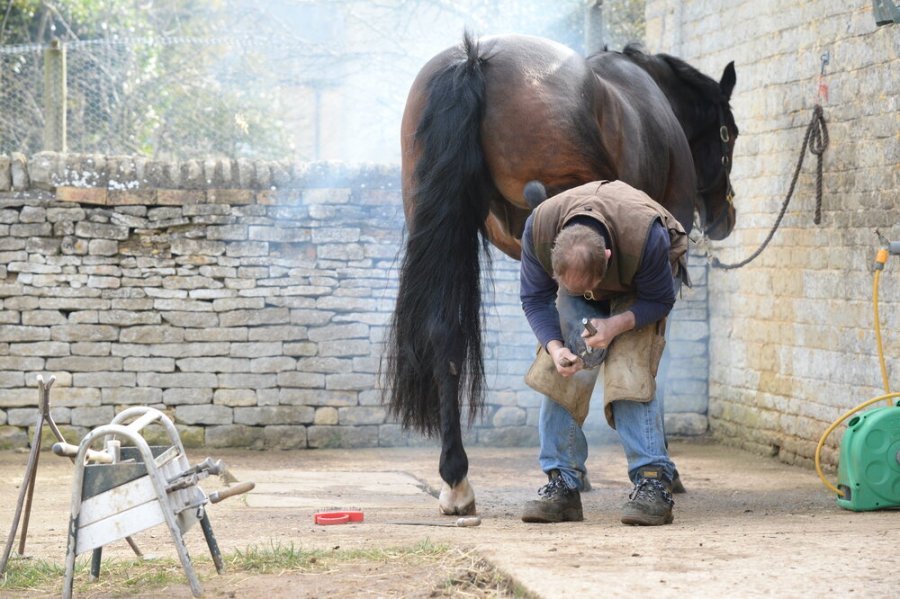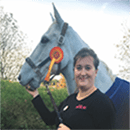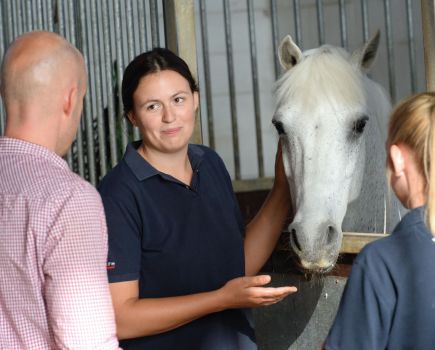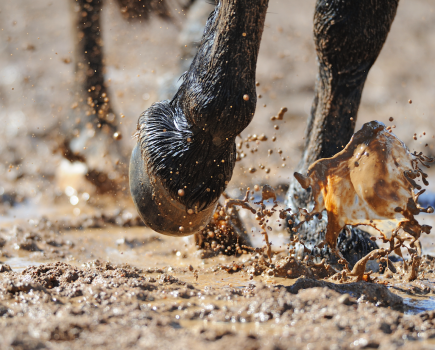What is the difference between a farrier, blacksmith and equine podiatrist? It’s a good question — and one that surprisingly few equestrians can answer in full detail and complete confidence.
Quite simply, a farrier is any person who is trained and qualified to correctly put shoes on a horse or pony and provide good all-round hoof care and advice.
They will be one of the most important people in your horse’s life and my best piece of advice is when you find a good one, treat them well and do all that you can to hold on to them.
When I relocated my horses from Devon to Oxfordshire a few years ago, finding a new farrier was the hardest part. At one stage I seriously considered moving back, just so I could return to the farrier I’d used for years, because he was brilliant in all ways.
Visits from a farrier will be frequent — around every four to six weeks — and sometimes you may need a last-minute visit urgently, perhaps due a pesky lost shoe, which in my experience always seems to happen the day before a competition or special ride.
So it’s important that you have a good relationship with your farrier, and that you communicate well with each other.
What is a blacksmith?
Don’t confuse a farrier with a blacksmith. A blacksmith does work with iron, but they may never work with a horse.
A farrier is trained in blacksmithing so that they can make a shoe out of iron, and they also train to fit a shoe to horse hooves.
Shoes aren’t only made from metal, there are other options such as plastic shoes (which glue rather than nail to a hoof) and those made of resins.
What is a farrier?
According to the Farriers (Registration) Act 1975, a farrier is a person who has “any work in connection with the preparation or treatment of the foot of a horse for the immediate reception of a shoe thereon, the fitting by nailing or otherwise of a shoe to the foot or the finishing off of such work to the foot”.
Anyone who shoes a horse in England, Scotland or Wales is required by law to be registered with the Farrier Registration Council (FRC).
In order to qualify for registration, farriers have to complete an apprenticeship, which takes several years, before passing a final assessment.
“Only Registered Farriers, enrolled farriery apprentices, qualified and trainee veterinary surgeons and persons carrying out first aid in an emergency may legally practice farriery,” confirms the FRC.
In the USA, the American Farrier’s Association was set up in 1971 “to further the professional development of farriers, to provide leadership and resources for the benefit of the farrier industry, and to improve the welfare of the horse through continuing farrier education”.
What is an equine podiatrist?
Trimming of a hoof that is not going to have a shoe put on is not covered by the Farriers Registration Act, which means it is not imperative that a farrier does it.
However, a lot of damage can be done to a hoof if they are trimmed without the correct training, potentially causing severe lameness, and so a farrier is your best port of call for hoof trimming too.
Alternatively, equine podiatrists are specialists in barefoot hoof care. They are able to provide trimming and general barefoot advice, but must not fix a shoe of any kind to a horse’s hoof.
According to its website, the Equine Podiatry Association UK (EPA) was launched in April 2006 “as a self-regulating professional body” for its members practicing in the UK.
Members are required to hold a relevant qualification in barefoot hoof care and update their skills through training every year.
Before employing the services of an equine podiatrist, check they are registered on the EPA UK’s website.
Useful contacts
- Check that your farrier is registered with the Farrier Registration Council
- Find out more about the American Farrier’s Association
- Make sure your equine podiatrist is a member of the Equine Podiatry Association UK
Main image © Your Horse Library/Kelsey Media Ltd









